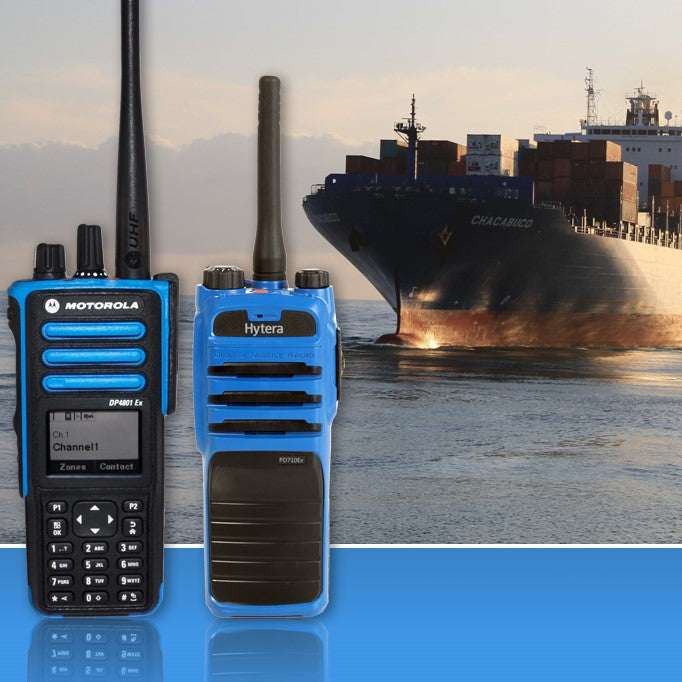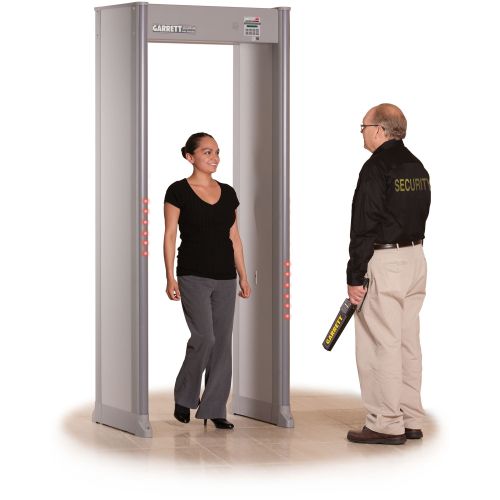When you’re working offshore, on maritime vessels, or remote installations where reliable long-haul communication is critical, the Icom IC-718 stands out as a proven HF all-band transceiver. It combines simplicity, dependability and full-duty operation into a package that suits both amateur and professional applications. According to Icom: “Classic simplicity, compact, and timeless reliability.” ICOM Japan+2ICOM Europe+2
🛠 Key Features & Why They Matter
1. Full-band HF coverage
The IC-718 offers receive capability from approximately 0.03 MHz up to nearly 30 MHz (guaranteed 0.5 – 29.999 MHz) in many versions. ICOM Japan+1 Transmit bands include the major HF amateur bands (e.g., 1.8 MHz, 3.5-4.0 MHz, 7.0-7.3 MHz, 10.1-10.15 MHz, 14.0-14.35 MHz, 18.068-18.168 MHz, 21.0-21.45 MHz, 24.89-24.99 MHz, 28.0-29.7 MHz) depending on region. universal-radio.com
Why it matters: Whether you’re transmitting or receiving across large ocean distances, or linking remote outposts, this broad coverage gives flexibility for propagation changes and band‐hopping.
2. 100 Watts Output (SSB/CW)
In SSB, CW and RTTY modes the IC-718 can transmit up to 100 W PEP. In AM it offers lower power (e.g., 2-35 W depending on version). ICOM Japan+1
Why it matters: High power output helps establish and maintain clear connections over long paths or in challenging propagation. For marine or remote base setups, that extra margin is often crucial.
3. Robust Receiver Performance
The IC-718 uses a 4-element mixer at the first receive stage, combined with a double-conversion architecture, to reduce interference, spurs and images. ICOM Japan+1 Sensitivity is listed at 0.16 µV for SSB/CW in the key bands. rigpix.com
Why it matters: On a ship or remote installation you may deal with lots of noise, nearby electronics or weak signals — a strong receiver improves your ability to hear and respond.
4. Simple, User-Friendly Design
Even with its advanced internals, Icom emphasises “Classic simplicity” in the IC-718. Features like a front-mounted loudspeaker, a minimal button layout, and direct‐entry keypad support quick operation. ICOM Japan+1
Why it matters: In environments where training may be minimal, or the operator is under stress (e.g., sea conditions, emergency comms), intuitive operation matters.
5. Memory & Filtering Flexibility
The radio supports 101 memory channels (99 regular + 2 scan edges) for storing frequencies, and offers selectable IF filter widths for added selectivity. ICOM Europe+1
Why it matters: Being able to pre‐program channels and quickly switch helps on vessels or base stations where multiple frequencies or nets must be managed.
6. Built for Duty – 13.8 V DC Power, Rugged Specs
The IC-718 runs from 13.8 V DC (±15%) and draws about 1.3 A standby, up to ~20 A at 100 W TX. universal-radio.com+1 The operating temperature range is –10 °C to +60 °C. ICOM Europe
Why it matters: On ships or remote bases you often run off DC supply (generators, batteries). A radio that can handle full duty
🚢 Ideal Use-Cases & Applications
For maritime, remote base, or long-haul communication setups, the IC-718 fits many scenarios:
On ships or vessels needing HF contact with shore, fleet or other vessels across long distances.
At remote base stations or repeater sites where reliable HF linkages are required.
For amateur or semi-professional installations where a robust, all-mode HF station is needed.
As a backup or secondary station in case VHF/UHF fails or propagation shifts to HF.
In training/expedition contexts where operators benefit from a straightforward, dependable radio.
✅ Why Choose the IC-718 for Marine/Long-Base Setup
Reliability & Longevity: The IC-718 has been in service for many years and has a reputation for stable performance. Icom states over 150,000 units produced. ICOM Japan+1
Simple & Focused Feature Set: Unlike ultra-complex radios with huge displays and menus, the IC-718 delivers what you need without overwhelming distractions — great when focus is required.
Ease of Integration: Since it uses standard 13.8 V DC, common connectors (SO-239), and has ample memories, it’s relatively easy to integrate into marine or base setups.
Solid Performance for the Price: For those building professional or semi-professional HF links without breaking the bank, the IC-718 represents a sensible balance of features, performance and cost.
🔧 Installation & Setup Tips
Antenna & Grounding: HF performance is highly dependent on a good antenna system and proper grounding or counterpoise. On vessels, ensure antenna feedline runs are kept away from large metal obstructions and consider an automatic tuner if bands change often.
Power Supply: Ensure your DC source can supply ~20 A at full transmit output (100 W). Use low-loss heavy gauge cabling, fusing and proper battery or generator backing.
Cooling & Ventilation: Although the radio is compact, ensure it has airflow around it, especially in enclosed racks or cabinets, to avoid heat buildup during extended operation.
Memory Pre-Programming: Pre-load commonly used frequencies (e.g., nets, call channels, forecasting beacons) in the memory channels to minimize tuning time during critical operations.
Mode Selection & Filters: Use the selectable IF filter widths, noise blanker and notch functions to reduce interference and improve clarity in noisy marine or remote environments.
Routine Checkups: Periodically check VSWR, monitor power output, inspect antenna and feedline integrity — HF links can degrade due to corrosion, weather or mechanical stress.
📌 Conclusion
If you’re setting up a marine station, remote base, or require a dependable HF transceiver for long-distance communication, the Icom IC-718 is a compelling choice. It delivers full-band HF capability, up to 100 W output, robust receiver performance, and a form-factor that suits fixed installations or vessel-mounted environments.
Whether you’re part of a fleet, a remote operations base, an amateur enthusiast looking for serious HF capability, or simply want a reliable radio to stay connected across distances, the IC-718 earns its place.



















